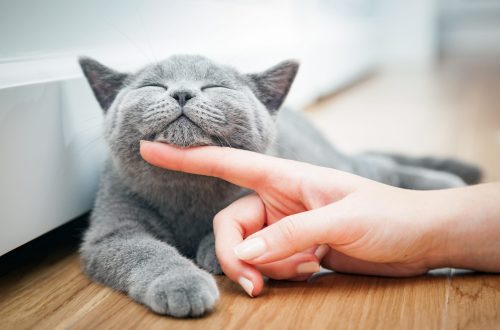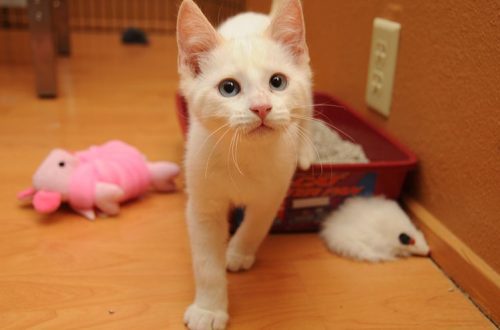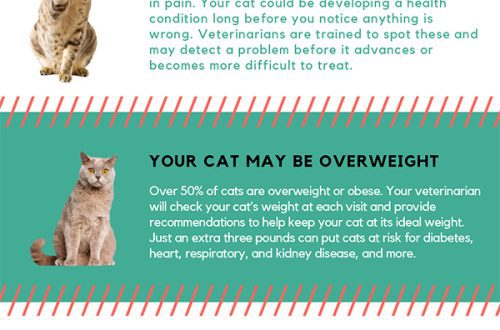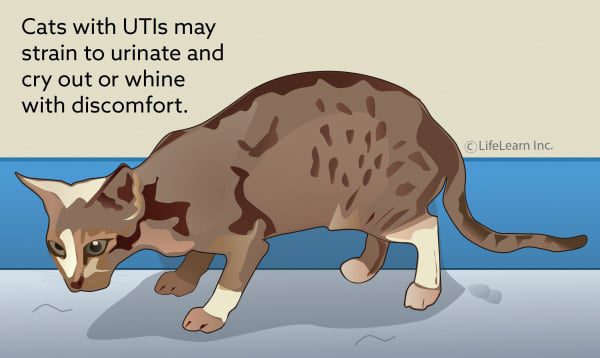
Fa'agata o le urinary tract i pusi: mafua'aga, fa'ailoga ma togafitiga
Blockage of the ureter in a cat is a painful and life-threatening disease. A pet’s urinary retention means that their urethra—the tube that carries urine from the bladder to the penis and out of the body—is blocked by inflammatory material. In the case of a blockage in the urethra in a cat, urine cannot pass out of the body, and the bladder overflows or over-expands. If this process continues for too long, it causes the kidneys to swell and become damaged, causing the bladder to rupture or burst.
Blockage of the urinary canal in a cat, especially in a castrated one, is a widespread phenomenon, so it is important for owners to recognize this disease in time. The sooner a pet receives proper treatment, the more likely it is to get better.
Mataupu
Inflammation of the urethra in a cat: causes
Neutered cats are especially prone to blockage of the urinary tract due to the narrow urethra – so narrow that even involuntary muscle spasms can block the flow of urine. A cat’s urethra can also be blocked by small urinary stones or urethral plugs, which are accumulations of cells that line the bladder, mucus, and crystals formed from minerals in the urine. Other causes of urinary tract blockage are related to eating foods high in magnesium or having an underlying condition called feline idiopathic cystitis (FIC).
Blockage of the urethra in a cat: symptoms
The most common sign of blockage in the urethra in cats is unsuccessful trips to the litter box: the animal tries to urinate, taking the appropriate position, but nothing comes out.
Signs of blockage also include discomfort and meowing when trying to urinate. Prolonged blockage causes an electrolyte imbalance in the animal, which can lead to depression, altered mental status, vomiting, and a slow heart rate. The cat begins to hide or avoid contact with people.
The veterinarian will make a diagnosis based on the cat’s history, physical examination, blood and urine tests, and possibly an x-ray or ultrasound of the abdomen. If the specialist suspects a bladder infection in the animal, he may take a urine sample for culture.
The cat has a blockage in the urinary tract: how to help
If a pet is diagnosed with a urinary tract blockage, it should be hospitalized immediately for emergency care. The veterinarian will place your cat with an intravenous catheter to administer fluids and medications. He will then be sedated and a urinary catheter placed to clear the blockage and empty his bladder. The catheter is left in place for a few days to allow the urethra to heal and the four-legged patient to recover. The veterinarian will likely prescribe antibiotics, pain medications, and/or urethral muscle relaxers. She will also recommend a therapeutic diet specially formulated to promote urinary tract health.
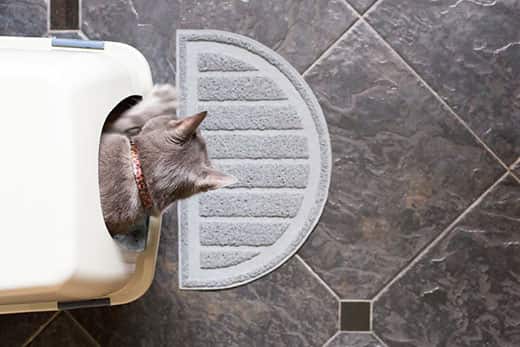
Prevention of urethral obstruction in cats
Unfortunately, after a cat has a blockage in the urinary tract, the risk of recurrence of such troubles increases. At the first sign of problems with going to the toilet, you should consult with your veterinarian about proper nutrition to promote health and reduce the risk of recurrence. If your cat’s urethral blockage occurs too often, the doctor may suggest a urethrostomy, a surgery that creates a hole in the urethra over the blockage to allow urine to flow normally.
Sufficient water intake is an important factor in flushing out waste from the pet’s body and preventing blockage of the urethra. Owners can offer water from a drinking fountain instead of a bowl, add some tuna juice to a second bowl of water, and transition the cat to canned food if he is currently eating dry food.
Nutrition can also play an important role in preventing blockages. If your furry friend has a history of urinary tract health issues, a special medicated cat food can help dissolve crystals in your urine or reduce the chance of them forming. It will also maintain a healthy pH level to promote overall urinary tract health. Ask your veterinarian about the use of this food. The role of stress Another important factor in the occurrence of conditions associated with feline urological syndrome (UCS) is stress. Therefore, when evaluating urinary problems, it is important to take into account the mood of the pet. Cats are prone to stress-related lower urinary tract disorders, including cystitis and urethral spasms, which can lead to blockage. Reducing your pet’s discomfort can reduce their chance of developing lower urinary tract disease, including a blockage in the urethra.
Causes of stress in cats include:
- le fiafia;
- competition for resources, such as litter box time or food and water, due to too many pets in the house;
- harassment from other cats;
- dirty tray.
Sometimes the arrival of guests from other cities, rearranging furniture or repairs can also cause stress for the pet. If your cat is having urinary tract blockage problems, you should try to reduce his anxiety level. The following tips can help with this:
- Provide the cat with a lot of interesting toys so that he does not get bored.
- Make sure there is at least one more litter box in the house than cats so that pets can go about their business in privacy. Trays are best placed throughout the house and do not forget to clean them at least daily.
- Provide all pets with personal bowls so that the cat does not share his plate with others.
- Set up a cat house or perch for the cat. Cats like to sit on a height where they can look around in much-needed privacy.
- Talk to your veterinarian about medicated foods that are formulated specifically to help prevent stress in pets.
Although blockage of the urethra is quite common in neutered cats, it is up to the owner to ensure that it does not become a serious problem for the pet. To do this, you need to discuss with your veterinarian the most optimal ways to treat a fluffy pet.
Tagai foi i le:
Stress and Urination Problems in Cats Urinary Tract Diseases and Infections in Cats What You Need to Know About Feline Lower Urinary Tract Disease (FLUTD¹) Why Your Cat Doesn’t Use a Tray



